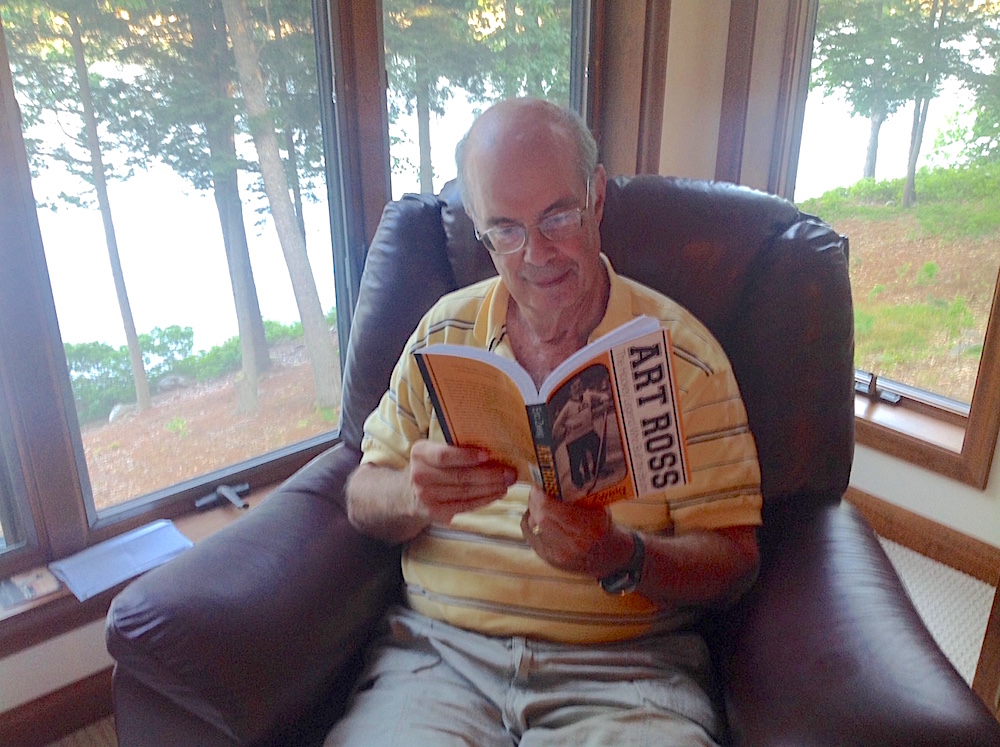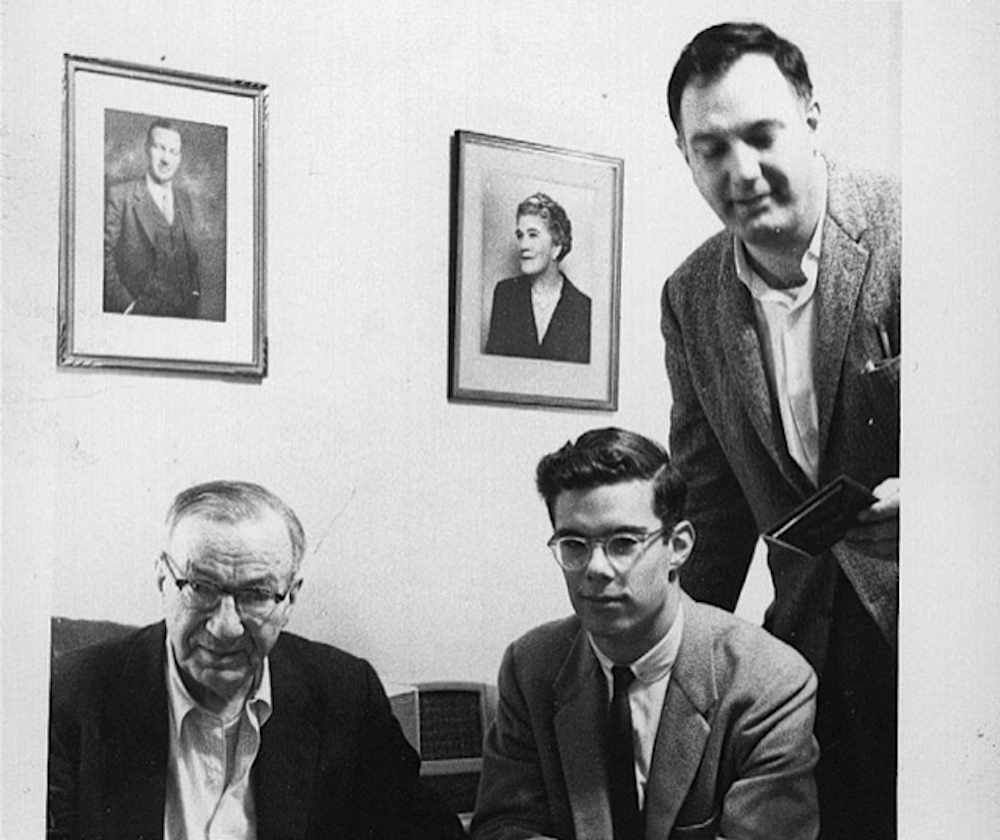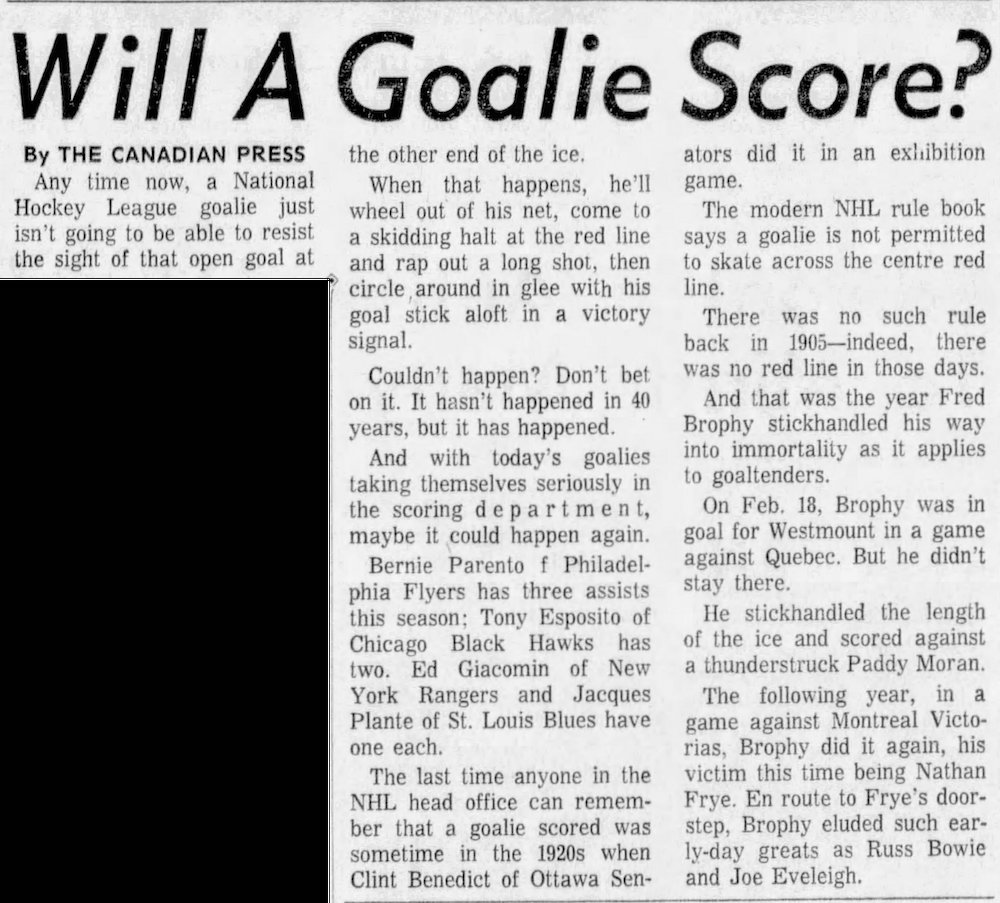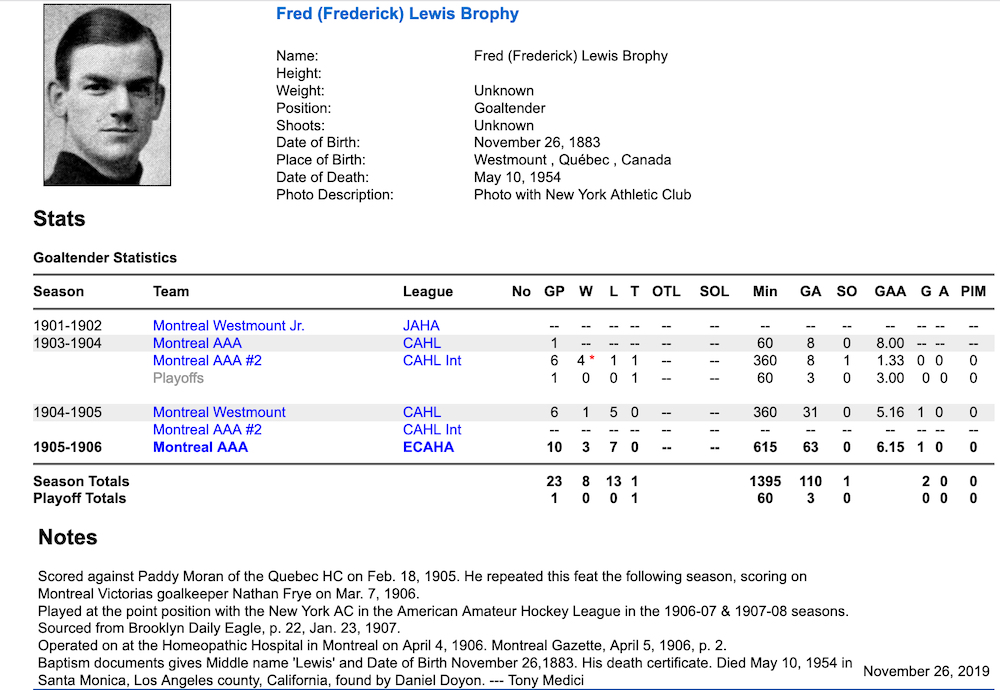As with many writers, I haven’t gotten rich doing what I do. But, I have (mostly) been able to earn a living doing something I enjoy. There’s a lot to be said for that. And even if I haven’t exactly made a fortune during all these years, I’ve met a lot of interesting people. Not surprisingly, most of the famous people I’ve met through my work have been athletes and media personalities. But it’s not just the famous people who are memorable.
Far from it.
As many of you known, I worked for 10 years on my biography, Art Ross: The Hockey Legend Who Built the Bruins. Now, 10 years of working on a book is not exactly like 10 years of working in a coal mine! And it’s not as if I worked on it every day during those 10 years. But it was never very far from my mind. By publishing standards, the book was decidedly not a success … but I would never trade the friendships I made with the family of Art Ross.
Art Ross III — grandson of the hockey legend, and my good friend — died last week.
(Because of the times we’re living in, I guess I need to say that COVID-19 was not a factor.)

perfectly fitting that Art received the very first copy of the book.
My father died several years before I met Art, and though he was never very comfortable with the idea the few times I’d mentioned it, he became a sort of father-figure to me. Especially after leaving Toronto for Owen Sound. In addition to sharing our research discoveries, I would often get in touch with Art just to say hello, or to moan about flooded basements, or roof repairs — the things about home ownership that always terrified me!
Not that I expected him to do anything about it, but his calming manner always helped.
I was never sure if Art’s discomfort with the father-figure idea was simply because he looked at us more as contemporaries, trying to figure out the stories in his family on the ice and off. Or if it was because of his strained relationship he’d had with his father, and his estrangement from his own son, which only ended a couple of years ago. (It’s a very odd thing that there have been at least five generations of father-son fallouts in the Ross family, going all the way back to the father of the “hockey” Art Ross; and probably extending to a sixth generation with “hockey” Art’s own father and grandfather.)

Art Ross. Standing behind him is his Uncle John, Art Ross’s other son.
“My” Art Ross is how I often refer to Art when speaking about him with others. That was to differentiate him from his grandfather, Arthur Howey Ross, the hockey legend I wrote about, and from “My” Art’s own father, Arthur Stuart Ross. (“My” Art is, technically, Arthur Stuart Ross Jr.) He was actually the second family member I was in touch with when I first thought about writing my book back in 2005.
Among the very first people I had mentioned my idea to was Phil Pritchard from the Hockey Hall of Fame. Though he never acts like it, I’ve often heard that Phil knows EVERYONE. He told me that one of Art Ross’s granddaughters had introduced herself when she had been to the Hall a few years before, and that he had an email address for her. I wrote to Victoria Ross on September 28, 2005. When she wrote back a few days later, she said that she would love to talk … and that she would also forward my email on to her brother.
When Victoria and I spoke on the phone for the first time on October 20, 2005, she mentioned that her brother was the family genealogist and the one I should really be talking to. Art and I were in touch by email a few days later. And after that … boy, did we talk!

Art and I were probably in contact every few days, often many times a day, until the book was published 10 years later. That was more than five years ago now, and really, it was only the confusion and memory issues brought on by his increasing struggles with Parkinson’s Disease the last two years that finally slowed us down.
In the beginning, I suppose we both wanted something from this relationship. I wanted the stories he was willing to share; he wanted those stories to be told. But we bonded almost immediately over, I suppose, a love of history, telling stories … and getting those stories right! (I’ve written before about the Art Ross birthday battles, and the old divorce hiding in the family tree.) Both Art and his wife, Kathy, and me and my late wife Barbara, love(d) history and books and movies. (Barbara and I may or may not have had more movies in our old collection, but Art and Kathy probably had even more books than we did!)
Over all those years, Art and I mainly “spoke” to each other via email; sometimes on the phone; and occasionally by text. (Texts especially when the Blue Jays were playing the Red Sox, or the Leafs and Bruins were hooked up in the playoffs.) Barbara and I also visited Art and Kathy a few times at their homes in Tennessee and Maine. They hosted a lovely party for us, along with several other Ross relatives, in Maine when the book came out in 2015.

It’s strange for me to realize as I write this that in the 15+ years Art and I knew each other, we probably spent less than 15 days of that time together in person. I’ve only met Victoria Ross in person once, younger sister Valerie twice, and youngest sister MacKenzie only via Facebook and Messenger. Yet, I feel a closeness to all of them. Kathy too, of course.
My friendship with Art, unusual though it may seem, was very special to both of us.
I am greatly saddened by his loss.
(For anyone who feels so inclined, donations can be made to the Parkinson’s Foundation or the Michael J. Fox Foundation.)






